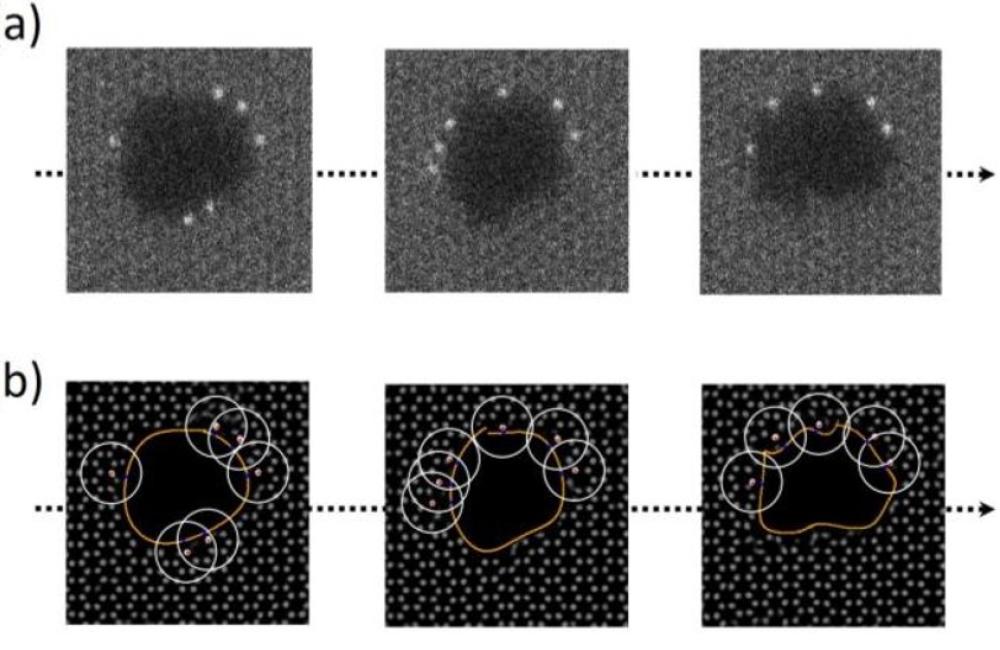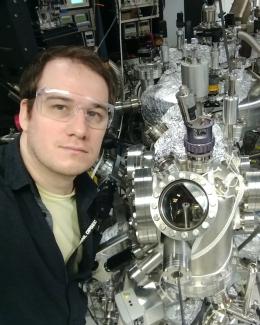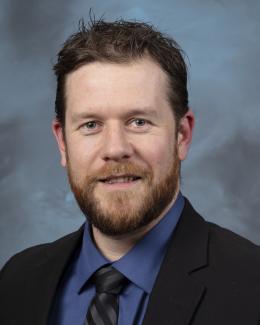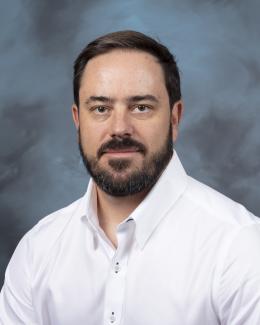A team of ORNL researchers has harnessed the power of deep learning to decipher material characteristics from noisy data and demonstrated the ability to detect structure symmetry breaking.
An ORNL research team has developed a series of deep learning models allowing rapid access to the atomic degrees of freedom in noisy static and dynamic scanning transmission electron microscopy (STEM) data, access which not possible with existing methods. The models were successful in detecting structure symmetry breaking in graphene and multiferroic systems. Atomically-resolved STEM ndata are critical because they contain information on electronic, magnetic, and phonon functionalities, chemical transformation mechanisms, and quantum phenomena via the exact positions of different types of atoms and atomic defects. However, with each image containing from hundreds to thousands of atoms, and with an ability to capture 103 - 104 images per day, full manual analysis is prone to human error and wildly impractical.
The team also developed a combined experimental-AI-theoretical approach using deep neural networks for extracting and classifying atomic defects from a 2D material. Because different atomically resolved microscopic techniques measure different material properties (for example, STEM measures materials’ structural parameters while scanning tunneling microscopy, or STM, probes materials’ electronic structure), and due to differences in imaging mechanisms and limitations of the experimental platforms, correlative atomically resolved STEM-STM studies are extremely complex. The novel, hybrid approach allowed the team to simulate the expected STM images for the specific types of defect discovered from STEM data and provide direct insight into the effects of the defect on the material’s properties.
Research team: Maxim Ziatdinov, Ondrej Dyck, Bobby G. Sumpter, Stephen Jesse, Rama K. Vasudevan, Sergei V. Kalinin
Funding: This research was supported by the Laboratory Directed Research and Development Program of ORNL, managed by UT-Battelle, LLC, for the U.S. DOE. This research was conducted at the Center for Nanophase Materials Sciences, which is a DOE office of Science User Facility.
Publication: arXiv:1809.04256, arXiv:1809.04785
Contact: Maxim Ziatdinov, ziatdinovma@ornl.gov







